Understanding Gingivitis & How to Prevent It
Are your gums red and swollen? Do they tend to bleed whenever you brush and floss your teeth? Does it hurt when you chew, especially when the food is very hot or very cold? Or, have you developed persistent bad breath?
If this sounds familiar, there’s a chance you might have gingivitis, the earliest stage of gum disease (also known as “periodontal disease”). Below, we explain what gingivitis is and why it’s important to promptly treat this condition. We also discuss what gingivitis treatment typically involves, and we offer advice on what you can do to avoid developing gum disease.
What Is Gingivitis?
Gingivitis occurs when plaque, tartar, and bacteria build up on teeth and cause an infection to develop. One of the most common causes of gingivitis is not brushing and flossing frequently and thoroughly enough, but the following risk factors can also increase someone’s chances of developing this condition:
- Smoking
- Chewing tobacco
- Being a man
- Having diabetes
- Being pregnant
- Having a family history of gum disease
- Taking medication that causes dry mouth
Why It’s Important to Promptly Treat Gingivitis
Gingivitis affects a considerable portion of the population. In fact, according to the Centers for Disease Control and Prevention (CDC), approximately 46% of individuals 30 and older show signs of gum disease. Because gingivitis is so common, many people put off seeking treatment, but doing so can place you at risk for more serious issues. For example, when gingivitis is left untreated, it can progress into periodontitis, a more severe form of gum disease that can lead to jawbone erosion and tooth loss.
What Does Gingivitis Treatment Involve?
In many cases, gingivitis can be treated with a professional cleaning. At Burns Dentistry, for instance, we often treat this condition using ultrasonic instruments and laser fibers. A dentist may also order X-rays to determine whether the patient’s jawbone has begun eroding.
How to Prevent Gingivitis
It’s possible for gingivitis to come back following treatment, so it’s important that you take proactive steps to prevent the condition from returning. As was noted above, gingivitis often results from poor oral hygiene, so one of the best things you can do to avoid it is stick to a regular brushing and flossing routine—the American Dental Association (ADA) recommends brushing twice and flossing once each day. Your dentist may also recommend that you:
- Come in more frequently for cleanings
- Use an antimicrobial mouthwash
- Reduce your intake of sugary foods and beverages
- Correct any rough or poorly fitting restorations (e.g., crowns and bridges)
- Quit smoking and/or chewing tobacco (if applicable)
Offering Treatment for Gingivitis in Your Area
If you think you might have gingivitis and you’re in Sun City, Sun City West, Litchfield Park, or the surrounding area, you can turn to Burns Dentistry. We proudly offer a wide range of general and cosmetic dentistry services, including gingivitis treatment. Contact us today to schedule a free initial consultation at a date and time that’s convenient for you.

